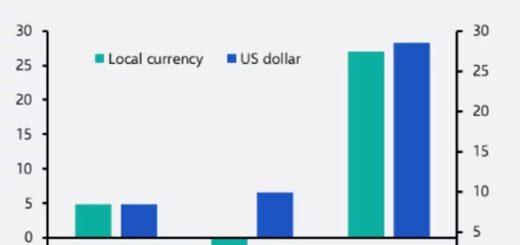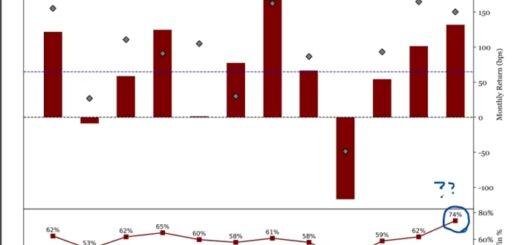Navigating the Bull Market Turn: Key Strategies
The U.S. stock market recently celebrated the two-year anniversary of its bull run, with the Dow Jones Industrial Average and S&P 500 ending the week at record highs. Despite ongoing concerns about inflation and uncertainty regarding future interest rate cuts by the Federal Reserve, analysts believe stocks could continue to climb.
Since the S&P 500 hit a bear-market low of 3,577.03 on October 12, 2022, it has surged over 60%, according to Dow Jones Market Data. This rally has been stronger and faster than many analysts predicted, causing Wall Street firms to repeatedly adjust their year-end forecasts.
However, the latest inflation data has sparked questions about the Fed’s upcoming decisions. September’s Consumer Price Index (CPI) showed a 0.2% increase, slightly above the forecasted 0.1%, while core CPI, excluding food and energy, rose by 0.3%, exceeding expectations. This, along with a strong jobs report, has raised doubts about whether the Fed will cut interest rates at its next meeting in November.
Despite the CPI surprise, the stock market responded calmly, with the S&P 500 posting a modest loss. Investors are still concerned about inflation’s impact on the Fed’s rate path, especially with potential inflationary pressures from the Middle East oil price spike and ongoing labor strikes.

According to Interactive Brokers senior economist José Torres, October’s inflation numbers could be more worrisome due to these external factors. However, that data won’t be released until after the Fed’s November 7 meeting.
Currently, Fed funds futures suggest an 87.9% chance of a 25-basis-point rate cut next month, down from 97.4% a week earlier. Some strategists, such as Thierry Wizman and Gareth Berry of Macquarie, are watching inflation expectations closely. Five-year breakevens, a key inflation indicator, have risen to 2.3% from around 1.95% in September. If breakevens climb closer to 2.5%, the Fed might reconsider its rate-cut plan.
Additionally, many investors are concerned that interest rates may not fall as much as they had initially hoped. JoAnne Bianco of BondBloxx Investment Management suggests that a fed funds rate closer to 3% is more likely, rather than the near-zero levels seen at the beginning of 2022. Damian McIntyre of Federated Hermes echoed this sentiment, saying the final rate could land between 3% and 4%, depending on inflation trends.
While higher interest rates could slow the economy, stocks may continue to perform well if the Fed remains accommodative and tolerates slightly higher inflation. Torres pointed out that stocks are priced based on earnings per share, which could rise alongside inflation if profit margins remain stable.
One major risk to the market remains the possibility of a recession. However, with the Fed already cutting rates by 50 basis points in September, policymakers have signaled their intent to avoid driving unemployment higher. As a result, recession fears have diminished.
With the Fed’s dovish stance and favorable seasonal trends ahead, analysts believe the equity market is unlikely to face a significant downturn in the next few months. Last week, the Dow Jones rose 1.2%, closing at a record 42,863.86, while the S&P 500 gained 1.1% to finish at 5,815.03. Investors will be watching key economic reports this week, including jobless claims, retail sales, and housing data, for further insight into the market’s direction.




